by Chuck Reider
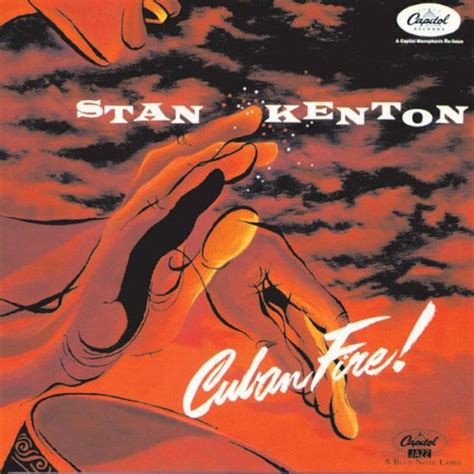
While going to college in San Francisco during the seventies, as a musician, the cultural diversity of the city introduced me to a wealth of music styles I would not have experienced otherwise. Back then, I would take my trombone to church to perform at a morning service. In the afternoon, I would play in a marching band in Chinatown for a Chinese funeral where the band performing hymns would lead a parade of mourners in trucks and cars. Then it was off to Mission Street at night to play Salsa. Those, along with performing in rock bands, big bands, and orchestras were all great experiences. It was in 1975 that the Salsa band's conga player invited me over to listen to some of his new records. When he put on The Sun of Latin Music I was blown away with what I heard and have been a fan ever since.
Fuego is our Artown concert program that we will perform July 20 at Wingfield Park and July 22 at the Warren G. Trepp Theater at Sand Harbor. It will feature Salsa and Latin jazz with some fantastic guest artists. With that in mind, I want to give you some history and artists of Latin music and my next blog in July will introduce you to our guest artists and songs we will be performing.
As you might suspect, Latin music comes in a wide variety of "flavors" from Cuban Salsa, Mexican Mariachis, Colombia's Cumbias, Peru's Afro-Peruvian, to Argentina's Tangos. Today I will focus on the music from Cuba and Puerto Rico: the roots of Salsa.
Many consider jazz the first "world music" combining African rhythms with European musical instruments. Dizzy Gillespie first introduced the music of Cuba into jazz by adding percussionist Chano Pozo into his big band. Pozo was raised in Cuba and moved to New York in 1947 where legendary Latin bandleader Mario Bauza introduced him to Gillespie. Pozo co-wrote with Gillespie the iconic songs Manteca and Tin Tin Deo.
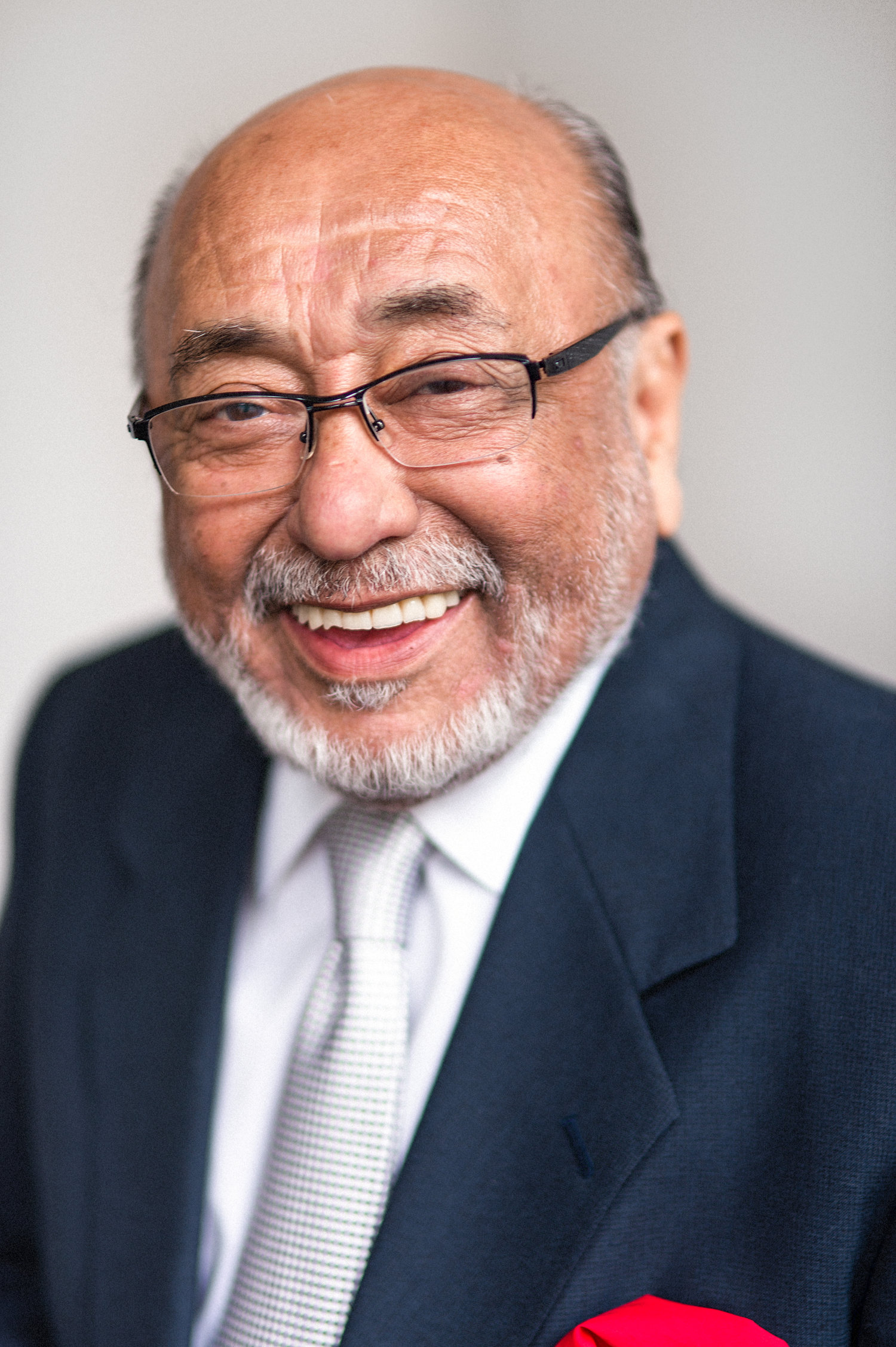
Mario Bauzá was among the first to introduce Cuban music to the United States by bringing Cuban musical styles to the New York City jazz scene. Bauzá's composition Tangá was the first piece to blend jazz harmony and arranging technique, with jazz soloists and Afro-Cuban rhythms. It is considered the first true Afro-Cuban jazz tune. Machito, another of the Latin greats, formed the Afro-Cuban band in 1940 bringing Cuban rhythms and the big band format together with Bauza as the music director. Machito's music influenced such jazz greats as Charlie Parker, Dizzy Gillespie, George Shearing, and Stan Kenton. The mambo became a craze in 1951 with the release of Perez Prado's album Mambo Jambo. Mambo doesn't have a direct translation, but it is derived from the phrase "abrecuto y guiri mambo" which means open your eyes and listen. The mambo was replaced as the cha-cha as the popular dance, however the mambo is still an integral part of Salsa and Latin jazz. Though the Kenton Orchestra recorded The Peanut Vendor in 1947 featuring Machito, it was the 1956 Cuban Fire! album that was both a commercial and artistic success blending authentic Cuban rhythms with big band jazz. Its popularity opened new opportunities for Latin musicians.
The 1960s and 70s Latin jazz evolved, and Salsa became a craze in the Latin community. My idol, Eddie Palmieri, born and raised in New York City, began his career playing in various bands. In 1961 he put together the band La Perfecta which featured two trombones instead the usual trumpets and mixing Afro-Caribbean rhythms with jazz. His 1970 release Harlem River Drive was the first to bring black and Latin music together. In the 70s Palmieri set new standards blending Latin jazz and Salsa with such iconic albums The Sun of Latin Music, Unfinished Masterpiece, and Lucumi, Macumba, Voodoo. He has recoded over forty albums with his latest Mi Luz Mayor released in 2018.
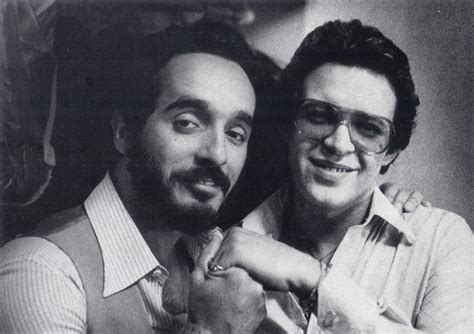
Willie Colon is another New York City-born musician who at the age of fifteen was signed to Fania Records and his first album, at the age of seventeen, sold 300,000 albums! This gifted trombonist also composes, sings and produces, and has released over sixty albums that have sold more than thirty million copies. He led a very successful group with vocalist Héctor Lavoe in the 70s which led to the popularity of Salsa. As a part of the Fania All-Stars, he performed to over 40,000 at Yankee Stadium. I played in a Salsa band in the 70s in San Francisco and when we played his song La Murga the crowd went crazy. It wasn't until twenty-five years later when watching a documentary on Salsa when Colon played the beginning trombone riff that I found out this song was from a Christmas album! I found the album and it is fantastic, though no Christmas songs I recognized are on the album.
Latin jazz remains a vibrant, flourishing music. Salsa is also popular and changing with the times from 1990s with Marc Anthony and the "timba explosion" of the 2000s. I have enjoyed a fifty-year love affair with Latin music and I encourage you to check it out and start your own love affair.
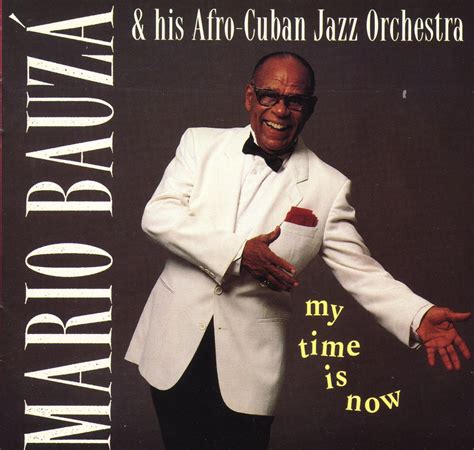
Manteca – Dizzy Gillespie and Chano Pozo
https://youtu.be/j2fhraskYP0?si=hH1T5gWlhG8YQ1Me
Tin Tin Deo – Dizzy Gillespie
https://youtu.be/q6avewnuI3M?si=0s1mrlOWG7OrvjS2
El Congo Valiente – Stan Kenton
https://youtu.be/8H-E42AOsgY?si=uV9xqEI09_H8aH1q
Tanga – Mario Bauza
https://youtu.be/Mdc3KMT7nqk?si=30nALDcBfPrJ3x35
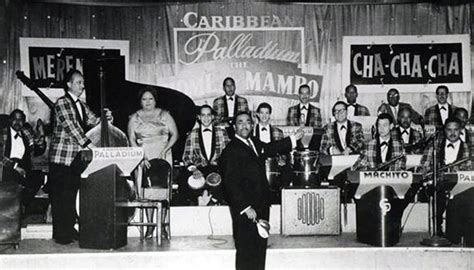
Mi Ritmo Llego - Machito
https://youtu.be/lZYvrXLJPTI?si=nwCFCklX_X0kxgU_
Palo Pa Rumba – Eddie Palmieri
https://youtu.be/F9wrIWvPOTo?si=3wXrahjyQrAjI7UM
Eddie Palmieri – Bonus
https://youtu.be/rt2pMXe1Zt8?si=e4B--XQBYRtw3d3W
La Murga – Willie Colon
https://youtu.be/XKCD99urScc?si=1UtltNCuOlJN9Pjc

